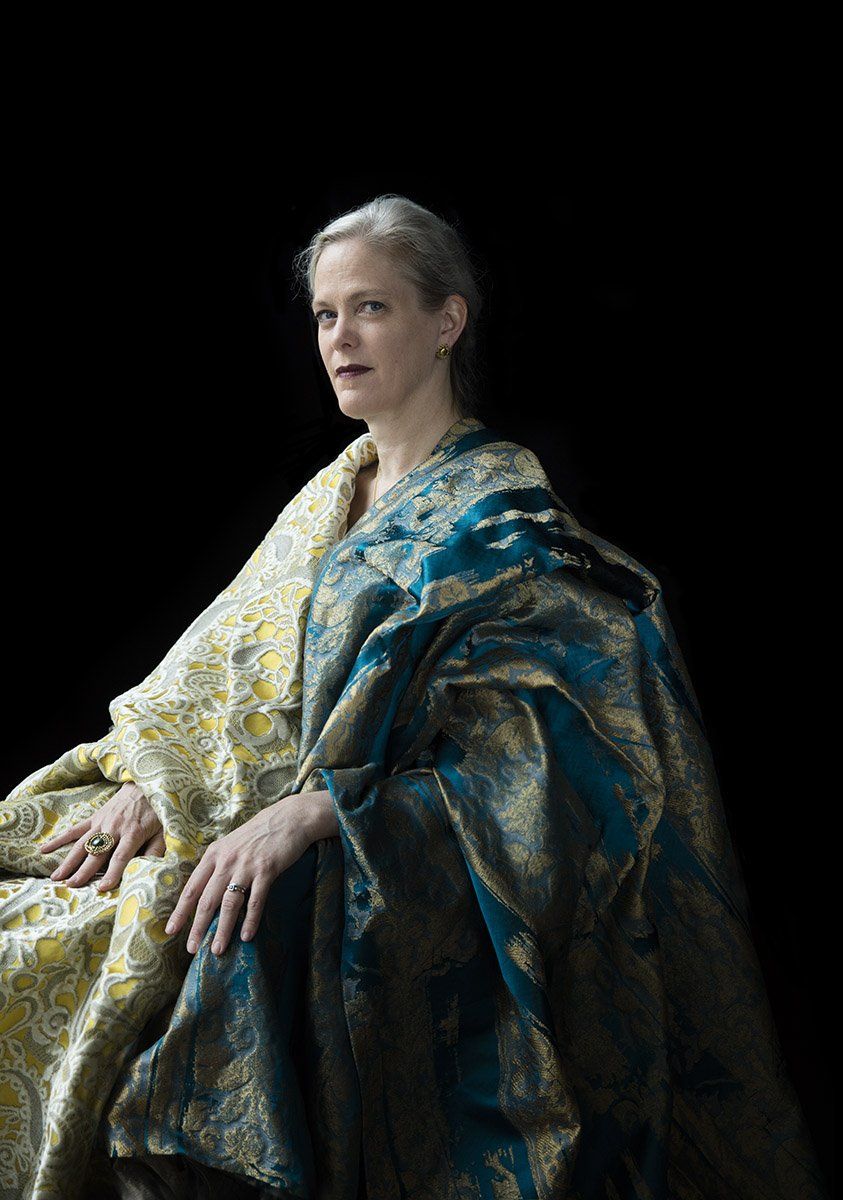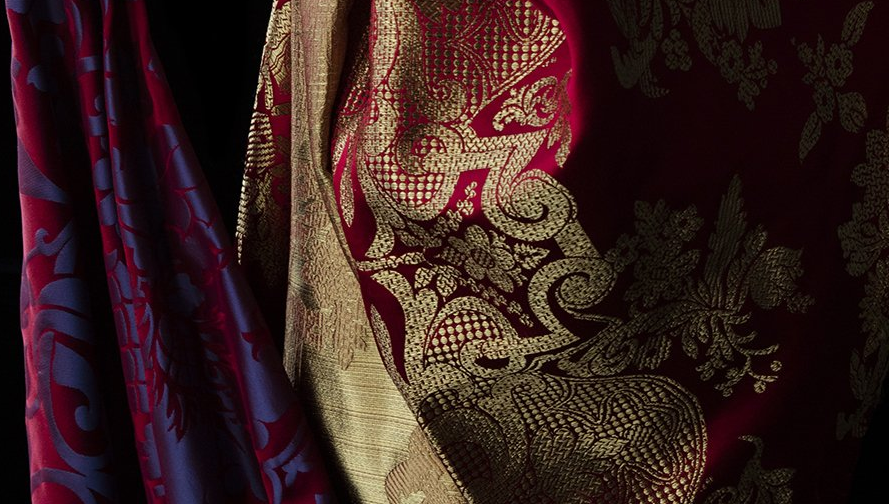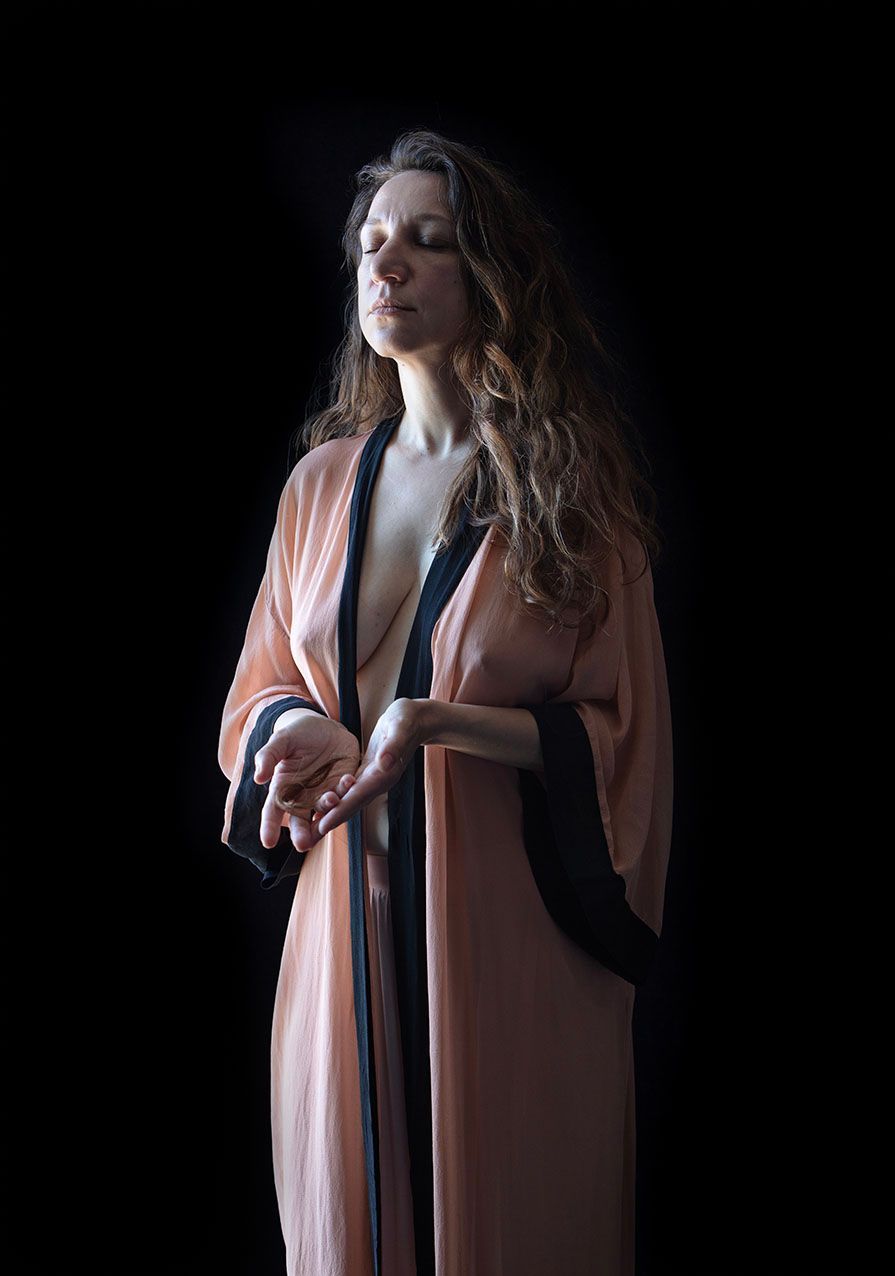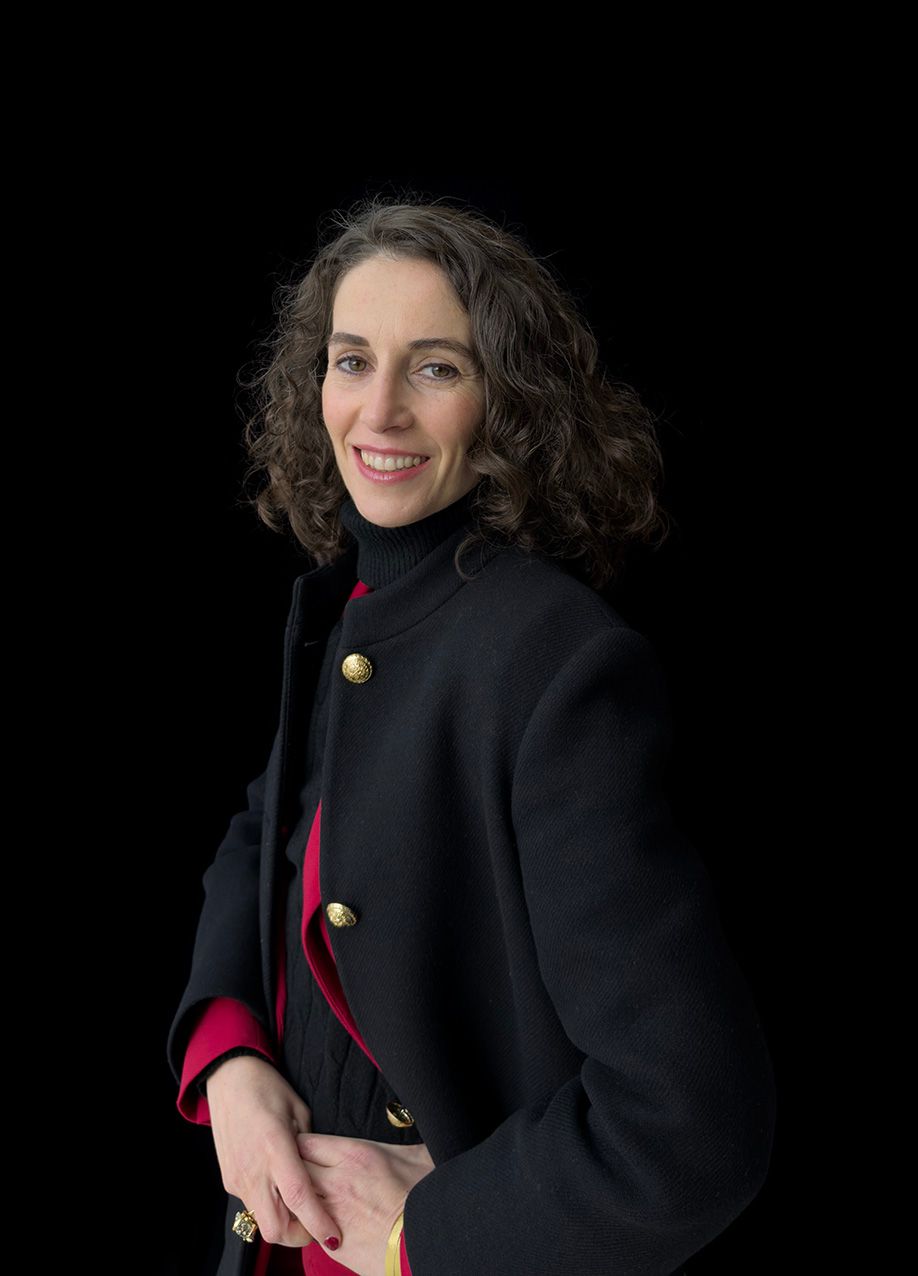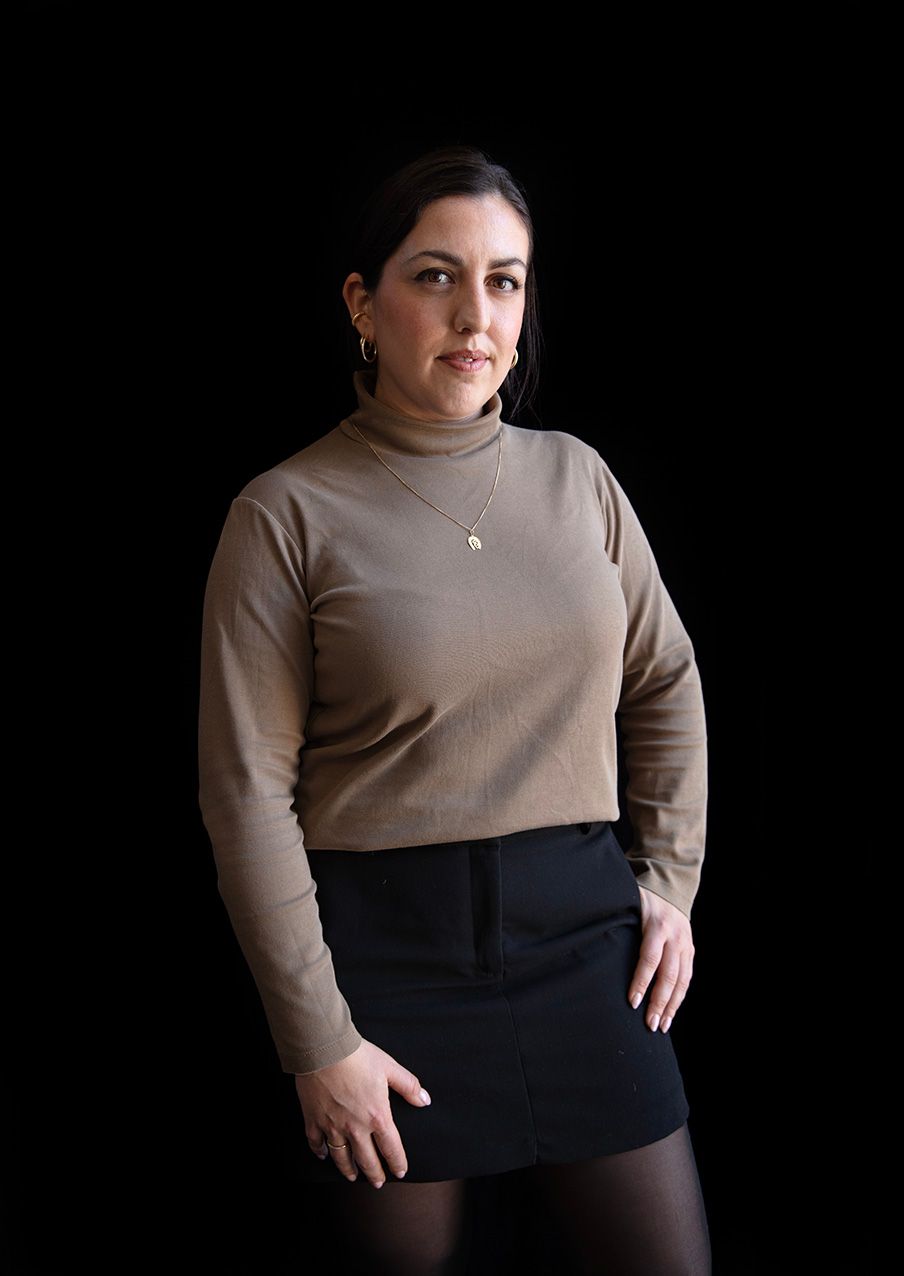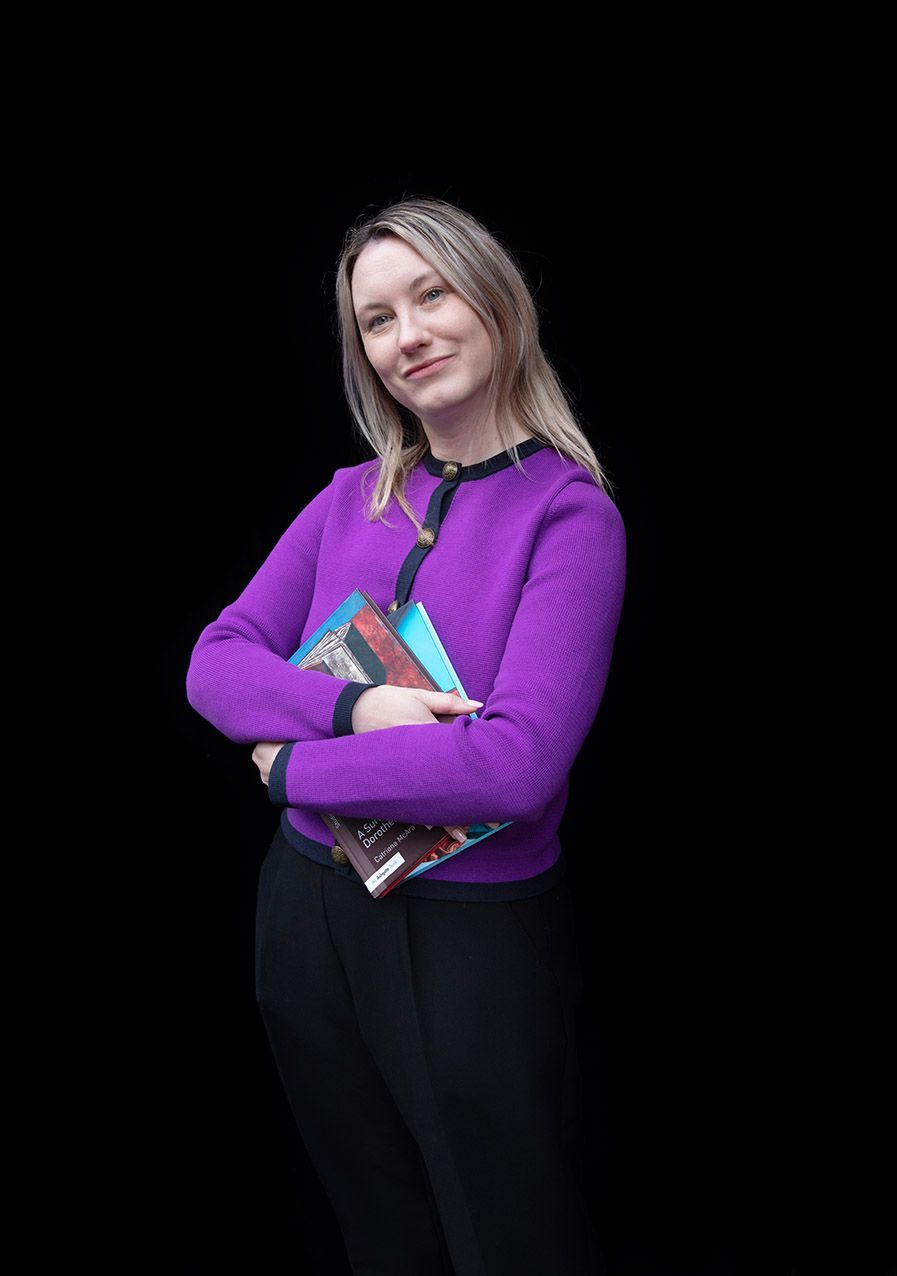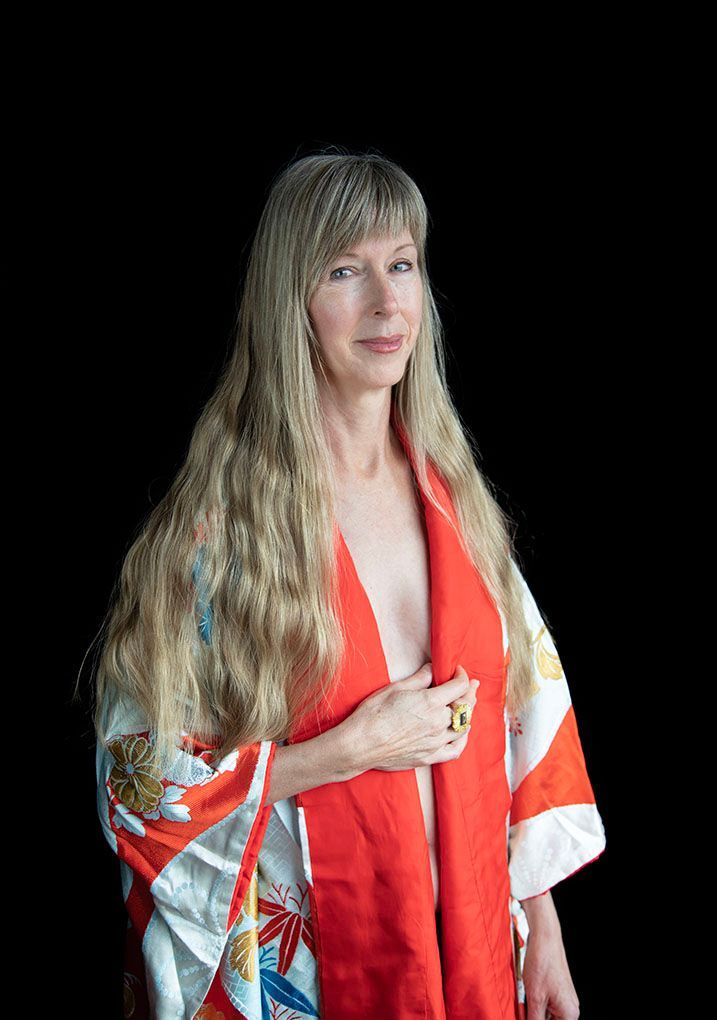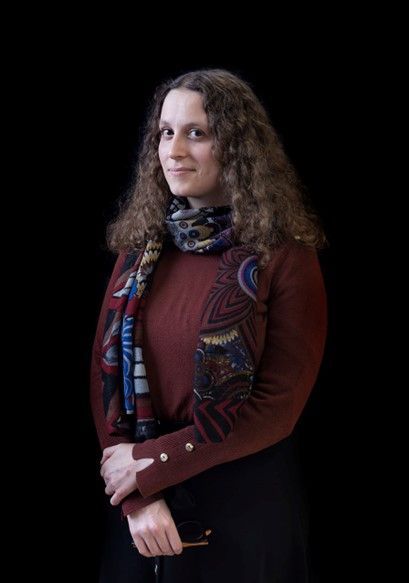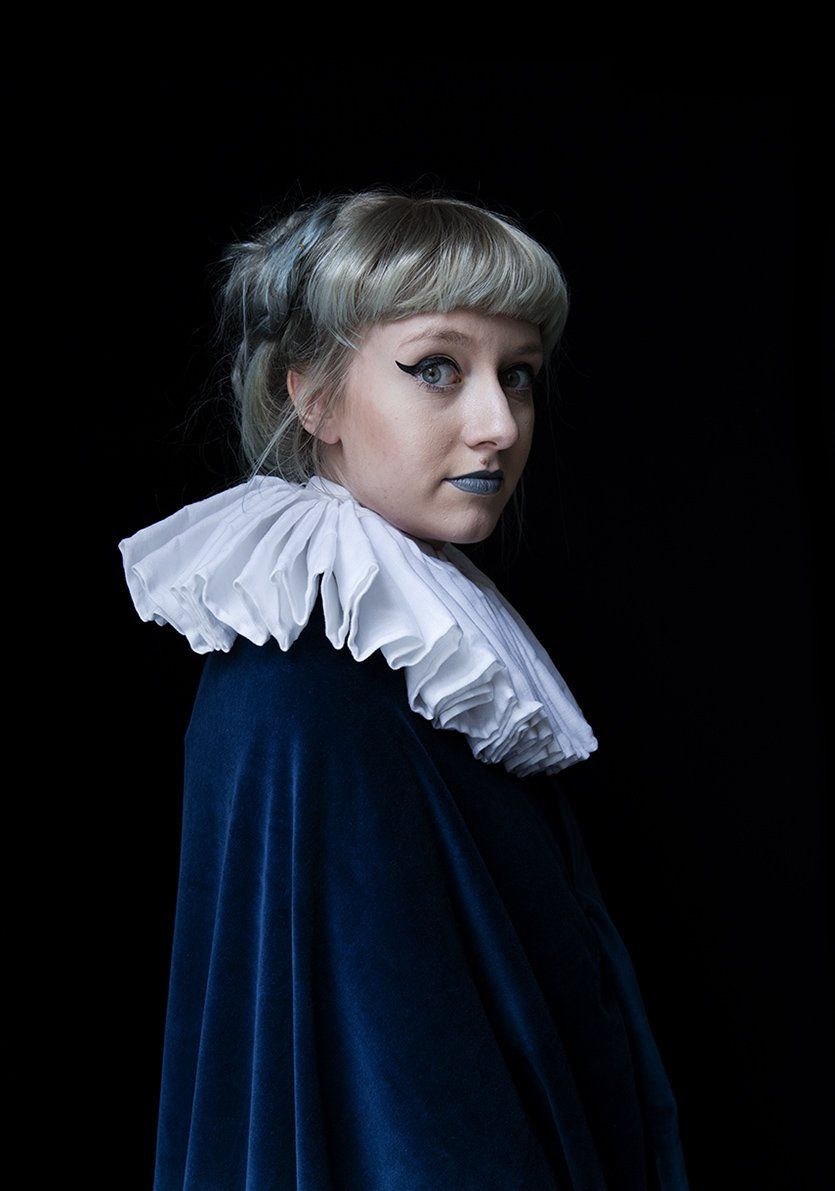Female Voices in Art: Laura-Maria Popoviciu, Pre-1900 curator at the UK Government Art Collection, London
"Throughout the years I have had numerous opportunities to work with art historians, curators and scholars who have inspired me and motivated me. They have been true role models for me, and I look at them with great admiration."
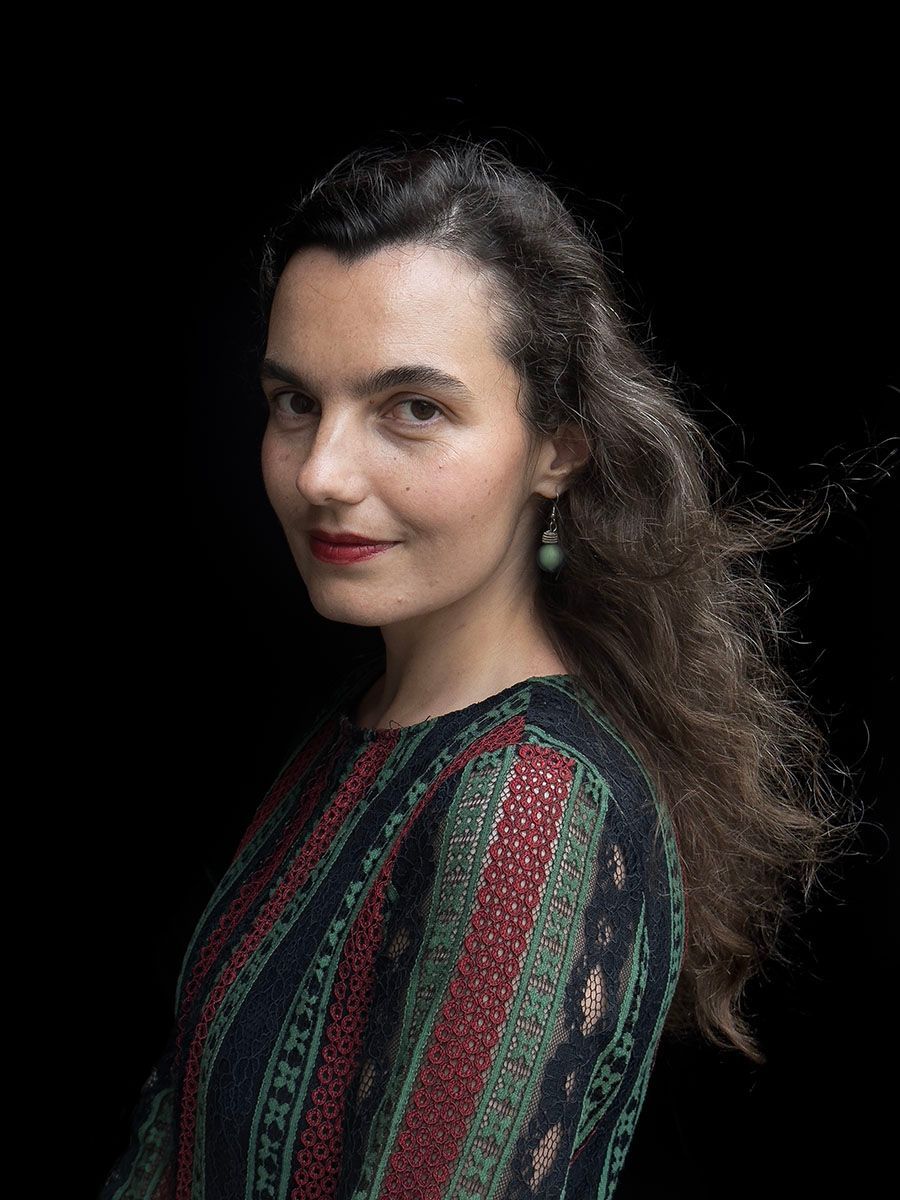
Laura-Maria Popoviciu (b. 1986, Oradea, Romania) is a London-based art historian, researcher, and curator. She is the pre-1900 curator at the UK Government Art Collection. She holds an MA and a PhD from the Warburg Institute and specialises in Italian Renaissance Art. She enjoys making connections between historical and contemporary art. Her portfolio includes internationally curated exhibitions, scholarly publications, teaching appointments, conferences, video, and audio podcasts.
Could you tell us something about your role in the art world?
As part of my role at the UK Government Art Collection, I get to work on stimulating curatorial projects in London and around the world. Placing works of art in a diplomatic context allows for new stories and unexpected connections to come to life. I am constantly in awe of how there is always a work of art, among the 15,000 in the Collection, which can fit perfectly within a specific location around the world, and how its story can bring different cultures together. Knowing that some of these works of art have moved or surprised audiences is rewarding.
What did you enjoy about being a part of this project?
I first encountered Carla’s photography work in London at her Artfully Dressed: Women in the Art World exhibition in 2018, and have been a great (and secret) admirer of her work ever since. I love that our recent meeting happened by chance, and that there was nothing staged as she photographed me. It all happened naturally, and the joy of this long-awaited and surprising encounter is captured in Carla’s photograph of me. The coincidence of our meeting, however, made me think that nothing in life happens by chance, and that there is a right moment for everything.
Do you have a favourite artist?
Fra Angelico
What is your earliest memory involving art?
My first visit as a child into an artist’s studio which happened to be my uncle’s in Bucharest, the late painter Ioan Dreptu. I remember stepping into a mysterious attic and him showing me a painting called ‘The Big Fish’, which was the most extraordinary and fantastical depiction which moved me very deeply. That image stayed with me for a very long time. Now, every time I enter an artist’s studio, I feel like I step inside an almost sacred, intimate space. I never take photographs because I feel like if I did, that powerful and authentic, unmediated encounter between the eye and the work of art would vanish, so I just keep everything in my mind’s eye.
Do you have any special thoughts about the position of women in the art world?
Throughout the years I have had numerous opportunities to work with art historians, curators and scholars who have inspired me and motivated me. They have been true role models for me, and I look at them with great admiration.
What are you wearing, and is there a story behind it?
I am wearing a dress that my mother bought me. In fact, all that I am wearing on the day is from my mother: the jewellery, the perfume. I love the combination of colours on this dress and how the lace discreetly reveals and conceals at the same time. On that day, like a true Renaissance scholar, I felt inspired to wear a perfume made after a recipe invented in 1533 by the Medici family perfumer, Renato Bianco, and I love that the olfactory memory of the citrusy notes comes back to me every time I look at Carla’s photograph of me. One of my rings also has an interesting story: it was given to me by a nun who I met in Venice while on a fellowship there during my PhD. I was attending daily mass first thing in the morning at St Mark’s Basilica, and we became friends. Before she gave me this ring, which is a Lord Prayer’s ring, and which I wear every day, she asked the cardinal who celebrated Mass to bless it for me.
What are you currently working on?
I am currently working on a number of projects: curating an international display, writing an article, and teaching a course on the illustrated history of bees.
Could you mention a project, an institution that, or a person who has been important or inspiring for your career and why?
The community of scholars and friends I have made during my time at the Warburg Institute as an MA and PhD student and beyond, has been transformative in who I am today as an art historian. I am very grateful to everyone I met there for every idea exchanged, every collaboration, encouragement and support I have received throughout the years.
Was there a moment or an occurrence that proved to be crucial for your career?
Moving to London after finishing my BA studies in Bucharest 15 years ago was instrumental in opening new opportunities for me. I am grateful to have had this incredible chance to follow my dream to have a career in the art world, to work on some incredible projects and to have so many role models in my professors, friends and in colleagues. I look ahead with hope, gratitude, and enthusiasm towards new and equally exciting projects.

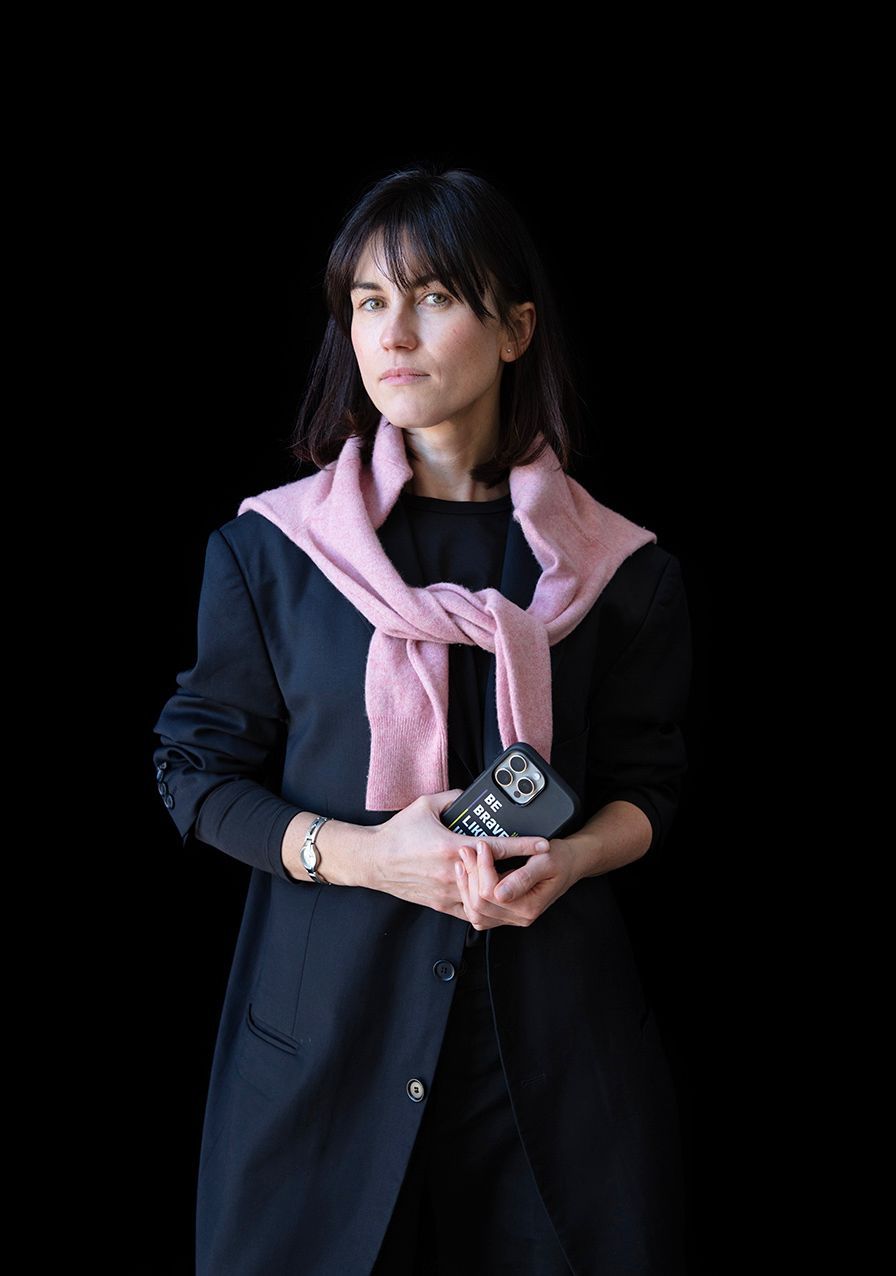
Female Voices in Art: Interview with Mariana Varchuk, Curator Khanenko National Museum of Arts, Kyiv
